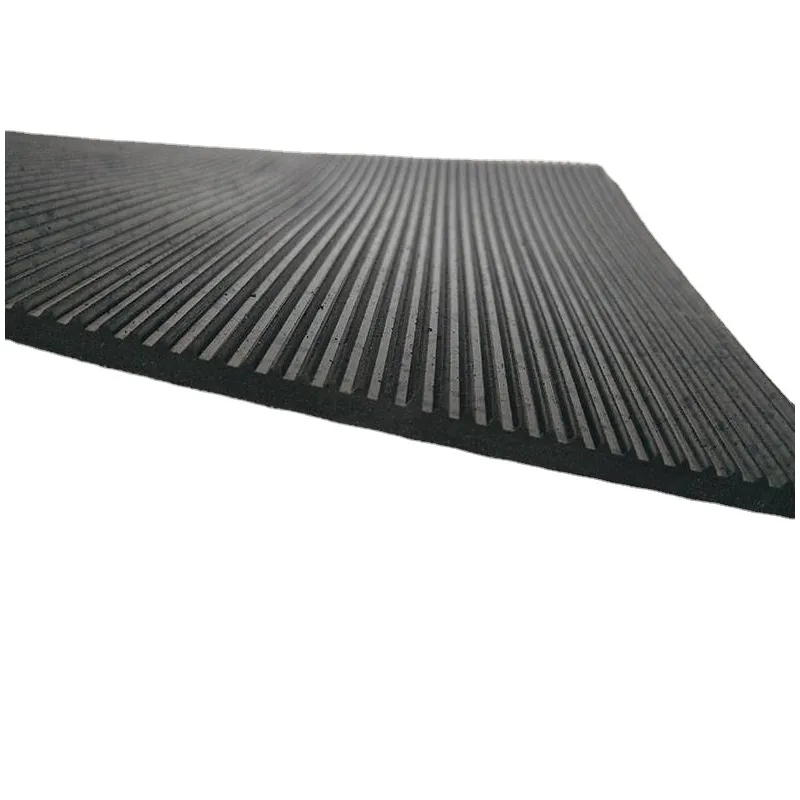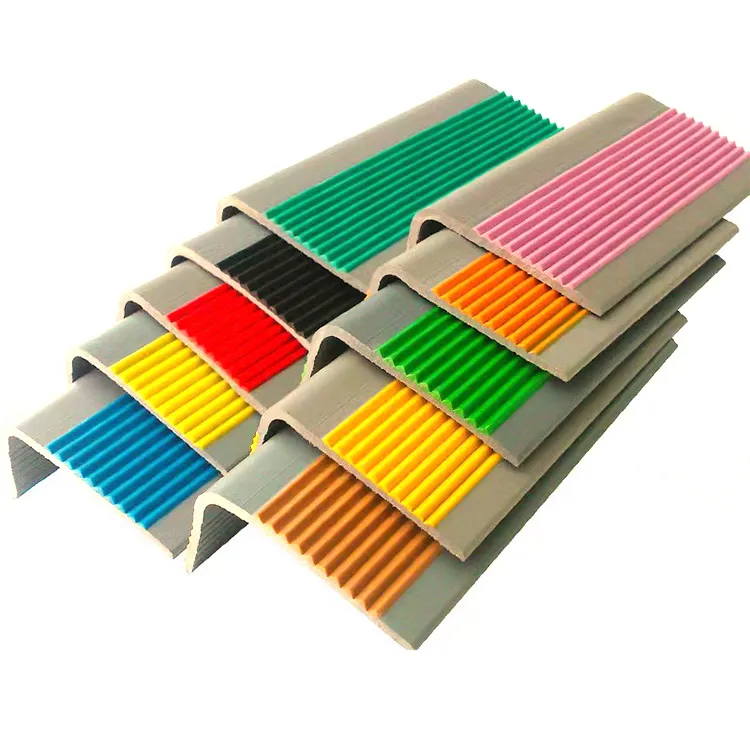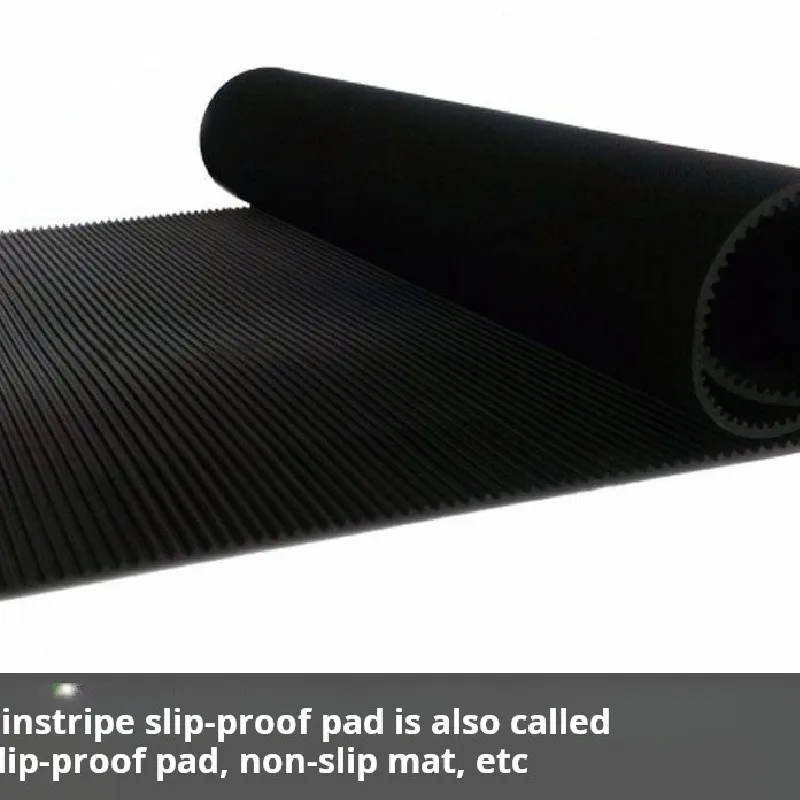The most common type of spring is a Coil Spring or Helical Spring, used to store mechanical energy and subsequently release it. These Coil Springs can be closewoundor open-wound and are made of hardened steel. The most common types are: Compression, Extension and Torsion
COMPRESSION SPRINGS can be found in ballpoint pens and valve assemblies as well as thousands of other places. When you put a load on the spring, makingit shorter, it pushes back against the load and tries to get back to its original length. Compression Springs may be cylindrical, conical, tapered, concave or convex inshape. The changing of spring ends, direction of the helix, material and finish allows a compression spring to meet a wide variety of special industrial needs; they arethe most common spring configuration and are usually placed over a rod or fitted inside a hole.
There are four basic types of compression spring ends, affecting the solid height, free length and other characteristics of the spring:
Open Ends, Not Ground: the ends of a compression spring are opened with a constant pitch for each coilOpen and Ground End: the ends of the spring are open and ground creating a flat surface
Square or Closed Ends (SQ): the ends of the spring are closed so that the end coils touch
Square (Closed) and Ground Ends (SG): the ends of the spring are closed so that the end coils touch & the end is ground to provide a flat plane
Finishing a Coiled Spring
The Versatility and Benefits of 5% Tomato Cages


